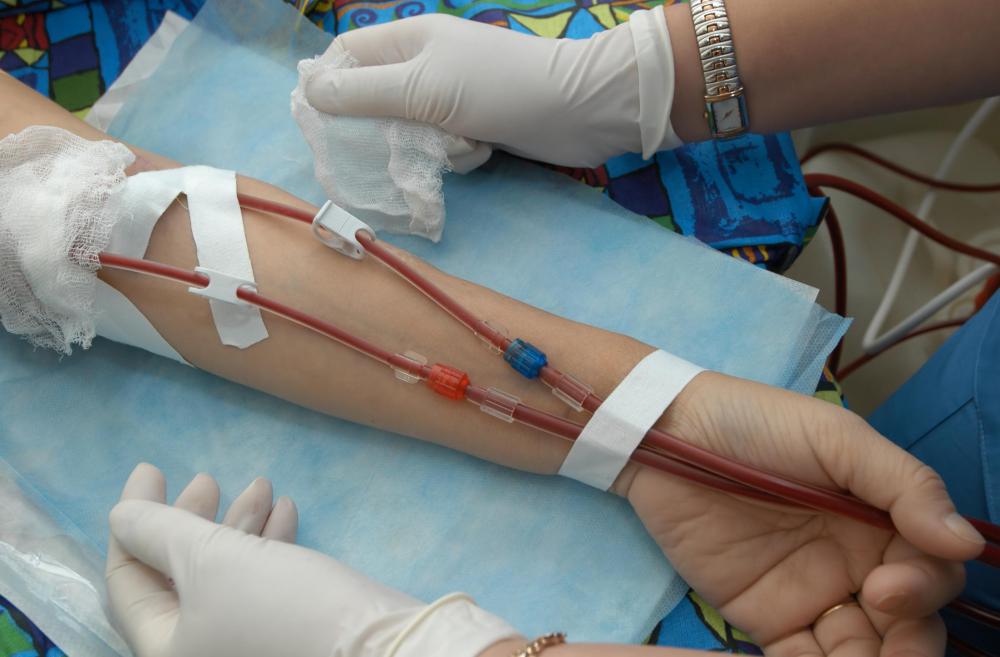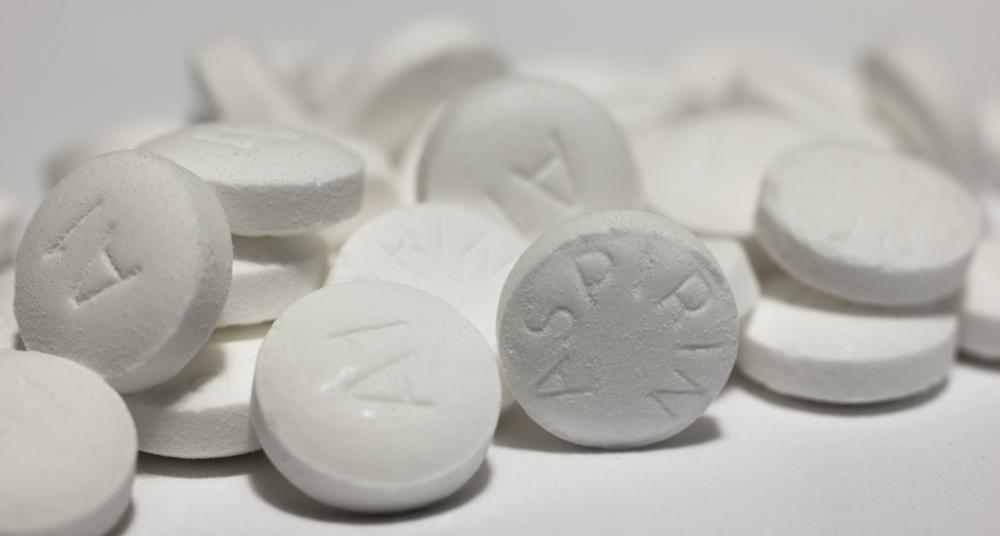At WiseGEEK, we're committed to delivering accurate, trustworthy information. Our expert-authored content is rigorously fact-checked and sourced from credible authorities. Discover how we uphold the highest standards in providing you with reliable knowledge.
What is Involved in Platelet Production?
The presence of a growth factor called thrombopoietin (TPO), generally is needed before platelet production can occur. TPOs mostly are made by the liver and the kidneys when levels of platelets in the blood are low. This in turn stimulates the bone marrow to produce megakaryocytes which are responsible in platelet production. Platelets technically then are released when megakaryocytes undergo fragmentation.
Thrombocytes, commonly known as platelets, are important blood components that mostly are needed to control bleeding. They are tiny cells that contain neither a nucleus nor have a definite shape. Each platelet has a lifespan of approximately 12 days in the blood circulation from the time they were released from the megakaryocytes.

Platelets contain many granules that usually are utilized during clot formation. When injury occurs in the blood vessels, platelets often adhere to the injured site and gather together to form what generally is known as a platelet plug. Then other important processes, such as the coagulation cascade, take place which technically lead to a stable blood clot.

Problems usually arise when there are abnormal levels of platelets in the blood. Low platelet count, or thrombocytopenia, occurs when there are disorders of platelet production as seen in some viral infections and after exposure to chemicals and radiation. Platelet production also can be affected by Vitamin B12 deficiency, folate deficiency, and diseases affecting the bone marrow. Another factor which often causes thrombocytopenia is increased platelet destruction. This destruction could occur after exposure to snake venom, in the presence of acquired immune deficiency syndrome (AIDS), with disseminated lupus erythematosus, or after a reaction to a blood transfusion.

A few inherited genetic diseases that can cause platelets to perform inadequately are hemophilia A and B, and von Willebrand disease. Platelet clotting factors often are missing or have very low levels in the blood since birth. Individuals with hemophilia and von Willebrand disease generally have higher tendencies to bleed from cuts and from tooth extraction. Some may even suffer from internal bleeding. Platelet treatment in the form of platelet transfusion is recommended at times for some hemophiliacs.

Thrombocytosis, or high platelet count, is seen in increased platelet production that occurs in many conditions. Examples include polycythemia vera, chronic myelogenous leukemia, essential thrombocytosis, hepatic cirrhosis, and inflammatory bowel diseases. A high platelet count often may not show signs and symptoms, but it sometimes can promote thrombosis or clot formation inside the blood vessels.

Increased risk for bleeding can occur with the use of drugs. Some prescription drugs and over-the-counter drugs that can affect platelet function are aspirin, non-steroidal anti-inflammatory drugs (NSAIDS), antibiotics, diuretics, antihistamines, and anticoagulants. Drugs affecting platelet production include chloramphenicol and many drugs used in the treatment of cancer.
AS FEATURED ON:
AS FEATURED ON:


















Discussion Comments
this site it really helps a lot, especially for the people who have less knowledge about the subject. thank you so much.
Post your comments